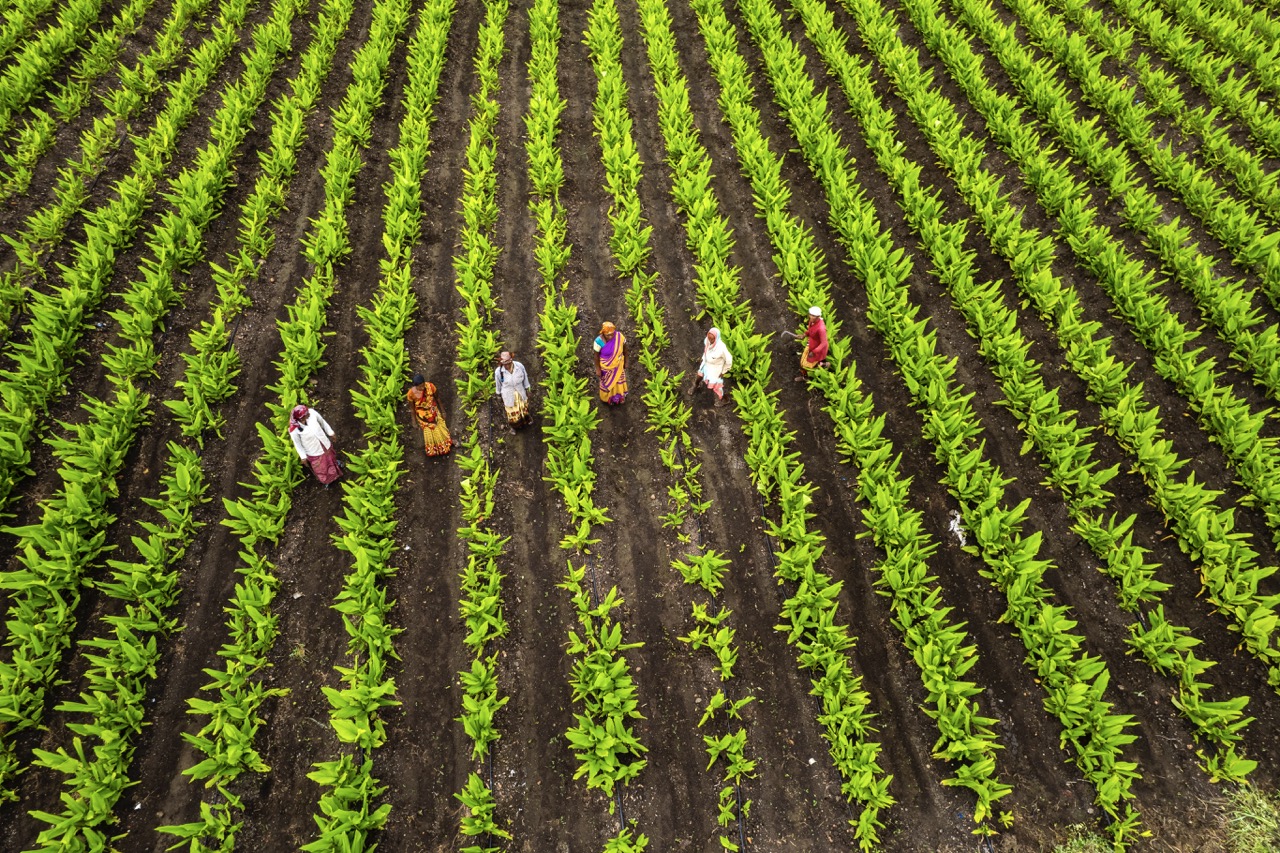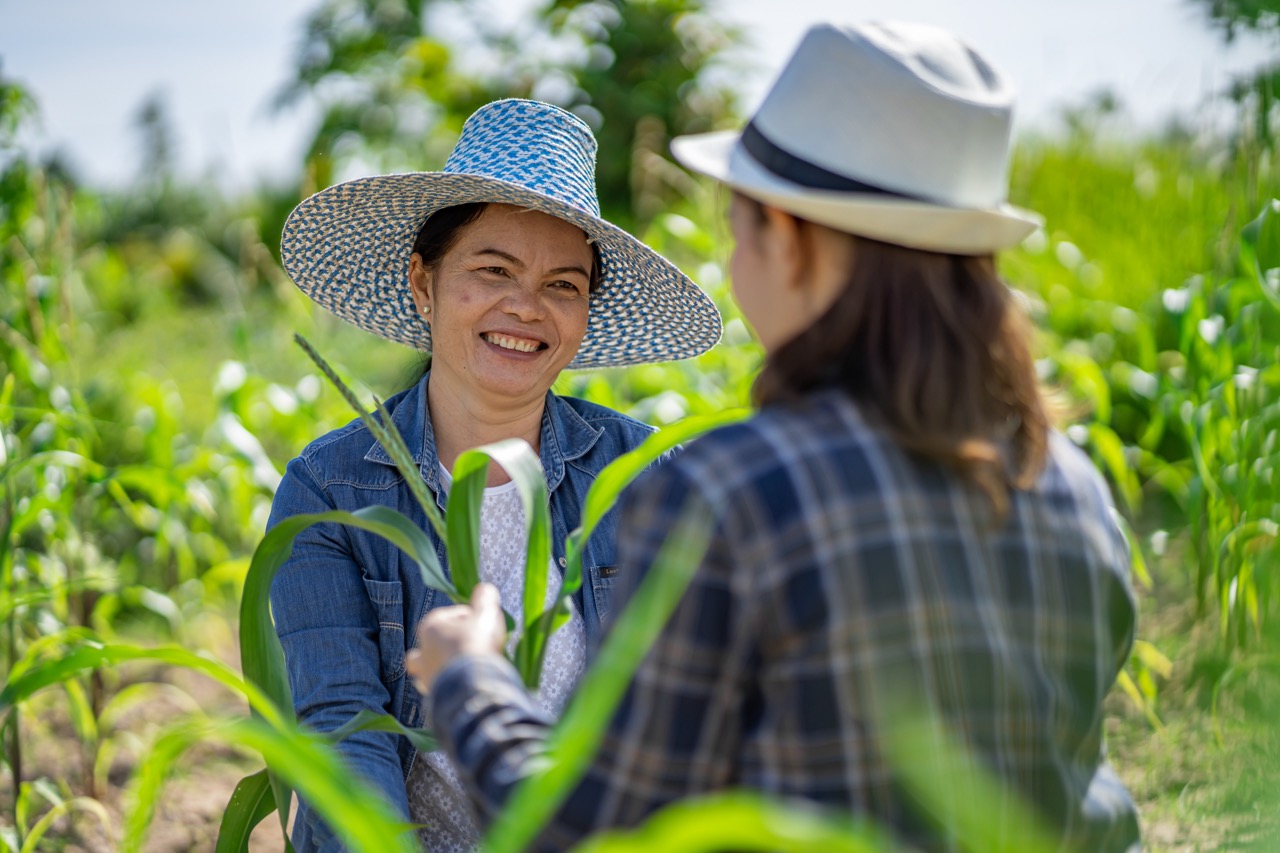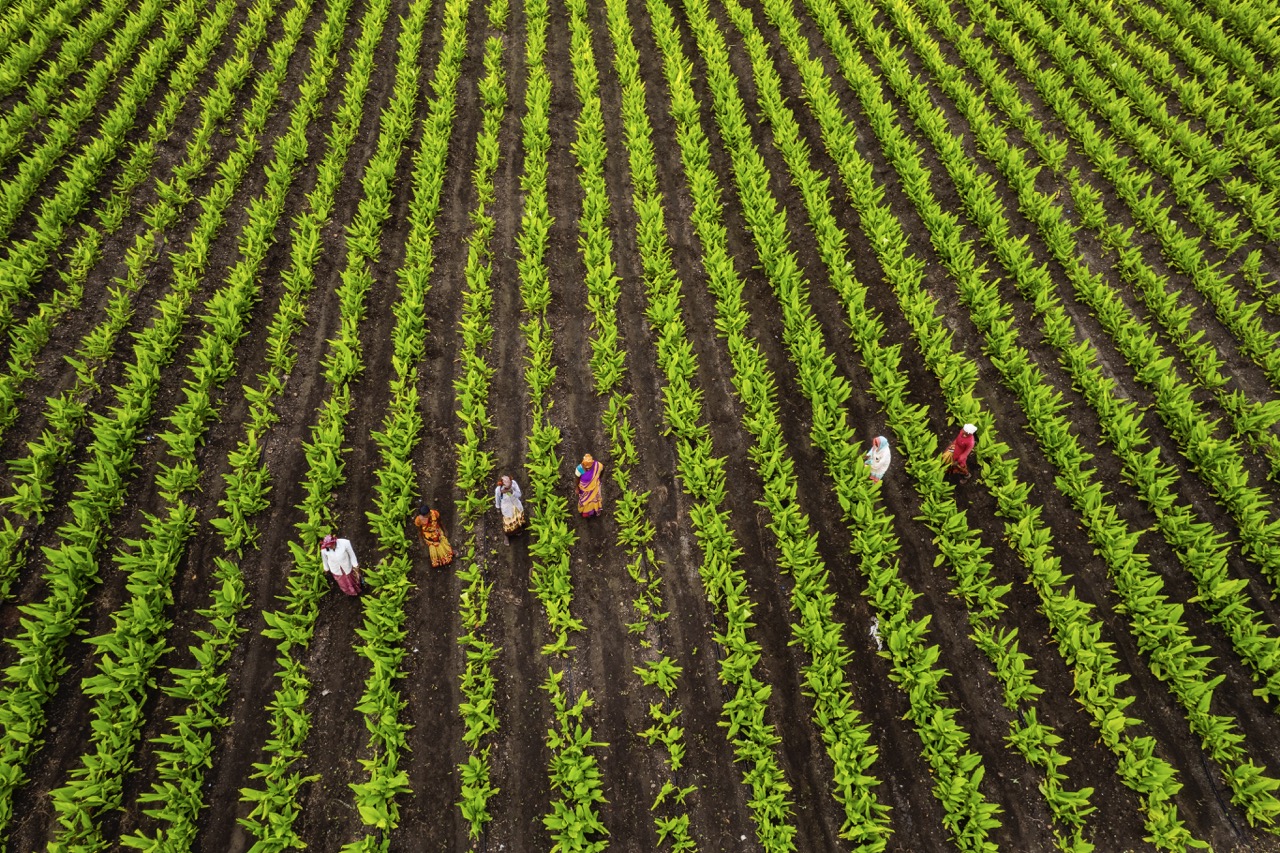In recent years, the quest for sustainable agricultural practices has introduced alternative proteins as a promising solution to address pressing global challenges. The impact of climate change, population growth, and resource depletion has galvanized researchers, entrepreneurs, and policymakers to explore innovative food sources that could reduce the environmental footprint of traditional livestock farming. Alternative proteins—derived from plants, insects, and cellular agriculture—present a new frontier in sustainable farming, offering the potential to revolutionize how we produce and consume food. This article will explore the role of alternative proteins in future agriculture, their implications for global food security, innovative production techniques, and the challenges and opportunities that lie ahead in this burgeoning sector.
Alternative Proteins: A New Frontier in Sustainable Farming
Alternative proteins are gaining momentum as a crucial component of sustainable agriculture. These proteins, sourced from plant-based ingredients, fermentation processes, and even lab-grown meat, aim to provide viable substitutes for conventional animal protein. As global awareness of the environmental impact of meat production rises, alternative proteins are being positioned as a key solution to mitigate greenhouse gas emissions, reduce water usage, and curtail land degradation associated with traditional livestock farming.
The benefits of alternative protein sources extend beyond environmental considerations. By diversifying our protein sources, farmers can achieve greater resilience in the face of climate variability and market fluctuations. For instance, legumes and pulses such as lentils, chickpeas, and peas contribute not just protein but also enrich the soil with nitrogen, reducing the need for synthetic fertilizers. This integration of alternative proteins into crop rotations can help improve soil health and enhance overall farm productivity, paving the way for a more sustainable agricultural model.
Governments and organizations worldwide are beginning to recognize the significance of alternative proteins in tackling food-related challenges. Initiatives to promote plant-based diets and investments in research and development of alternative protein technologies are proliferating. This shift in focus is indicative of a broader understanding that the future of agriculture must embrace innovation and sustainability to meet the needs of an ever-growing population while safeguarding the planet.
Impact of Alternative Proteins on Global Food Security
The integration of alternative proteins into the global food system holds significant potential for enhancing food security. With the world population projected to surpass 9 billion by 2050, the demand for protein-rich foods is expected to rise dramatically. Traditional animal agriculture alone may not be able to meet this demand sustainably, given its heavy resource requirements. Alternative proteins offer a scalable solution that could help bridge the protein gap, providing nutritious options that are both affordable and accessible.
Moreover, alternative proteins can mitigate the risks associated with conventional farming systems, which are often vulnerable to diseases, climate change, and market volatility. In regions where agricultural practices are challenged by environmental factors, alternative protein sources such as insects and plant-based proteins can be produced with significantly lower resource inputs. This adaptability allows communities to maintain a stable food supply even in adverse conditions, contributing to greater food system resilience and security.
The availability of diverse protein sources also enhances dietary choices, promoting better nutrition and health outcomes globally. As alternative proteins gain traction, there is an opportunity for them to be incorporated into food assistance programs and initiatives aimed at improving nutrition, particularly in developing countries. This shift towards alternative proteins can not only address food scarcity but also foster healthier eating habits, thereby improving overall public health.
Innovations in Alternative Protein Production Techniques
The rapid advancement of technology is revolutionizing the production of alternative proteins, with innovations aimed at making these food sources more efficient, cost-effective, and appealing to consumers. One of the most promising areas is cellular agriculture, where animal cells are cultivated in bioreactors to produce meat products without the need for traditional livestock farming. This method has the potential to drastically reduce the environmental impact associated with meat production while maintaining the taste and texture that consumers desire.
Plant-based protein production is also undergoing significant innovation. New techniques in food processing, such as extrusion and fermentation, are being employed to enhance the functionality and sensory qualities of plant proteins. Companies are increasingly utilizing a diverse range of ingredients, from legumes to grains and nuts, to create versatile protein products that can cater to various dietary preferences. These innovations not only improve the nutritional profile of plant-based foods but also help to replicate the textures and flavors of animal products, making them more appealing to a broader consumer base.
Additionally, advancements in insect farming are emerging as a sustainable alternative protein source. Insects are highly efficient at converting feed into protein and require considerably less land and water compared to traditional livestock. Innovations in rearing, processing, and integrating insect protein into various food products are rapidly evolving, showcasing the potential for insects to play a significant role in the future of food. As these technologies continue to develop, they promise to make alternative protein production more scalable and viable for mass consumption.
Challenges and Opportunities in the Alternative Protein Sector
Despite the promising prospects of alternative proteins, the sector faces several challenges that must be addressed to fully realize its potential. Consumer acceptance remains a key hurdle, as many individuals are accustomed to traditional meat products and may be hesitant to embrace alternatives. The need for effective marketing strategies and education about the benefits of alternative proteins is crucial in shifting consumer perceptions and encouraging adoption.
Regulatory frameworks also pose challenges for the alternative protein sector. As new technologies such as lab-grown meat emerge, they often fall into gray areas regarding food safety and labeling. Navigating these regulations can be complex, potentially stifling innovation and market entry for new products. Collaboration between industry stakeholders and regulatory agencies will be essential to create a clear framework that fosters growth while ensuring consumer safety.
However, these challenges also present opportunities for growth and innovation. Entrepreneurs and startups in the alternative protein space are continually exploring novel solutions to enhance product quality, sustainability, and accessibility. The increasing demand for sustainable food sources is opening up avenues for investment and research, propelling the alternative protein sector into the spotlight. As awareness grows and technologies mature, the potential for alternative proteins to transform the agricultural landscape becomes increasingly attainable.
The role of alternative proteins in future agriculture represents a significant shift towards sustainability and resilience in our food systems. As the global population continues to expand and environmental challenges mount, the integration of alternative proteins offers a promising pathway to meet growing protein demands while minimizing ecological harm. With innovations in production techniques and a supportive regulatory environment, the alternative protein sector is poised for growth. By embracing these novel food sources, society can move closer to achieving food security and environmental sustainability, paving the way for a more equitable and resilient agricultural future.










